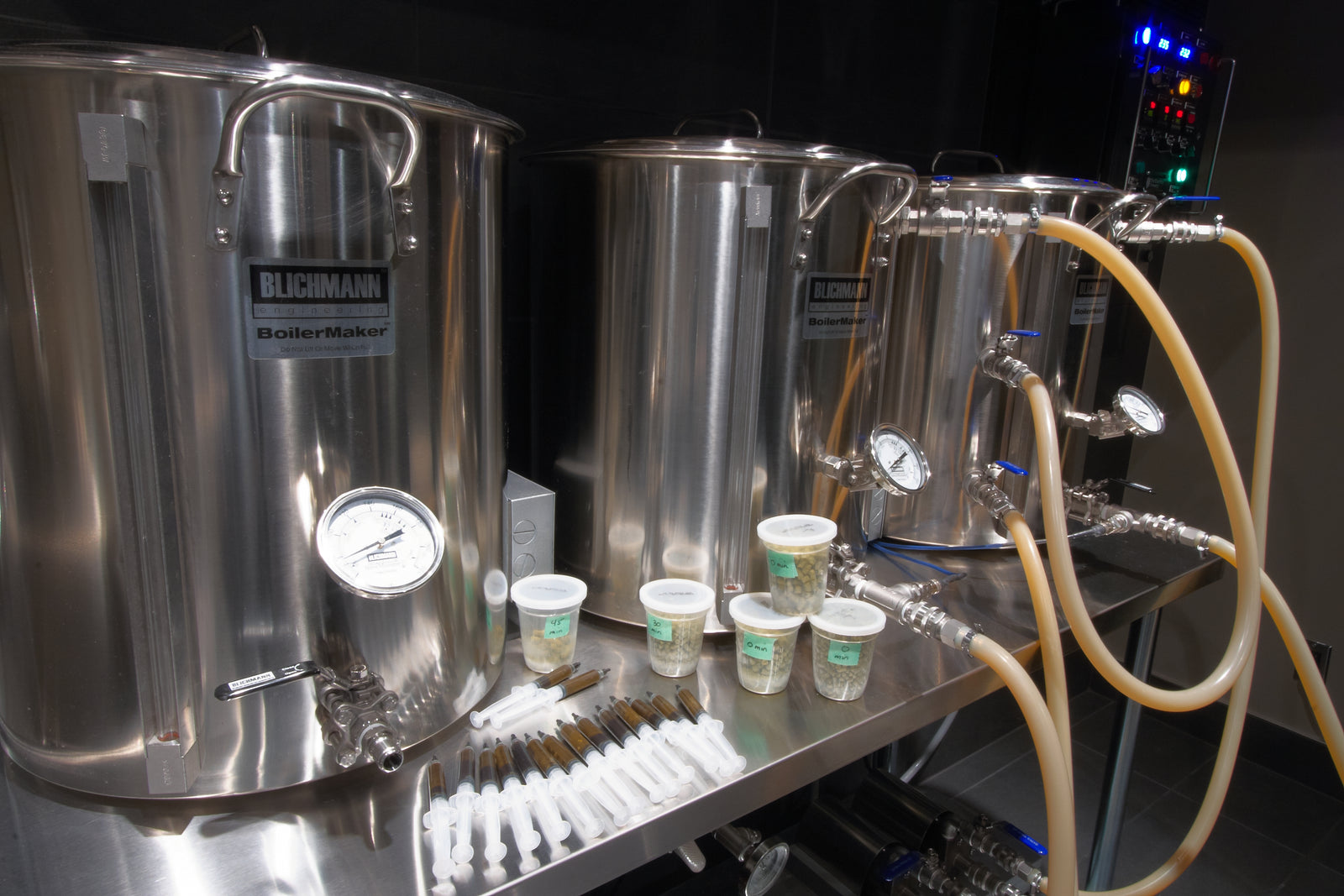I still disagree. DME and LME contain substantial FAN, therefore a starter is equivalent to brewing a small beer, not proofing (with sugar). A starter provides the proper medium for cell replication whereas proofing leaves yeast with depleted nutrient reserves and no sugars to ferment, leading to the shift of cells from an active to dormant (i.e., difficult to rouse, sub-optimal) state.
This is certainly the case for liquid yeast and dry yeast, although prepared in a different manner, is capable of cell replication in the proper medium.
I did not state it, but assume you understood that I'm saying that hydrated dry yeast should be pitched into a starter. I also add nutrients (DAP) to my starters to encourage cell growth under aerobic conditions (stir plate). Pitching hydrated yeast into wort doesn't contravene any manufacturer's instructions .
I won't delve into this further as I respectfully understand you have the right to disagree.
cheers,
Christophe
Edit: in response to your comment below, I simply say that this has digressed far enough and I'd be happy to discuss via private message or a thread in the yeast forum.
This is certainly the case for liquid yeast and dry yeast, although prepared in a different manner, is capable of cell replication in the proper medium.
I did not state it, but assume you understood that I'm saying that hydrated dry yeast should be pitched into a starter. I also add nutrients (DAP) to my starters to encourage cell growth under aerobic conditions (stir plate). Pitching hydrated yeast into wort doesn't contravene any manufacturer's instructions .
I won't delve into this further as I respectfully understand you have the right to disagree.
cheers,
Christophe
Edit: in response to your comment below, I simply say that this has digressed far enough and I'd be happy to discuss via private message or a thread in the yeast forum.


























![Craft A Brew - Safale BE-256 Yeast - Fermentis - Belgian Ale Dry Yeast - For Belgian & Strong Ales - Ingredients for Home Brewing - Beer Making Supplies - [3 Pack]](https://m.media-amazon.com/images/I/51bcKEwQmWL._SL500_.jpg)





















